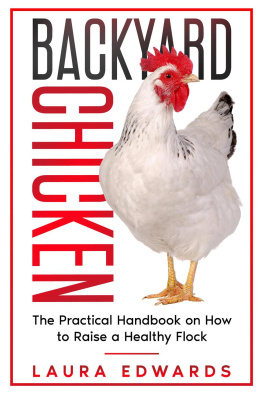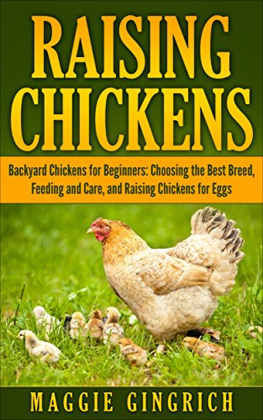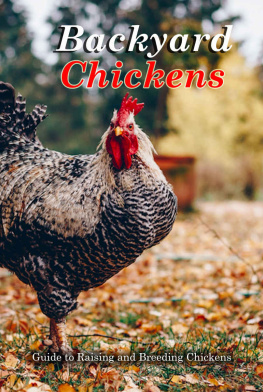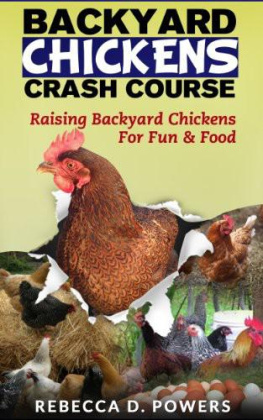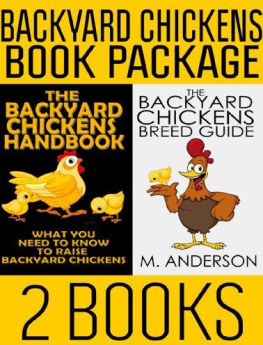
Copyright 2020 by Laura Edwards
All rights reserved.
This document is geared towards providing exact and reliable information with regard to the topic and issue covered. The publication is sold with the idea that the publisher is not required to render accounting, officially permitted or otherwise qualified services. If advice is necessary, legal or professional, a practiced individual in the profession should be ordered.
From a Declaration of Principles which was accepted and approved equally by a Committee of the American Bar Association and a Committee of Publishers and Associations.
In no way is it legal to reproduce, duplicate, or transmit any part of this document in either electronic means or in printed format. Recording of this publication is strictly prohibited, and any storage of this document is not allowed unless with written permission from the publisher. All rights reserved.
The information provided herein is stated to be truthful and consistent, in that any liability, in terms of inattention or otherwise, by any usage or abuse of any policies, processes, or directions contained within is the solitary and utter responsibility of the recipient reader. Under no circumstances will any legal responsibility or blame be held against the publisher for any reparation, damages, or monetary loss due to the information herein, either directly or indirectly.
Respective authors own all copyrights not held by the publisher.
The information herein is offered for informational purposes solely and is universal as so. The presentation of the information is without a contract or any type of guarantee assurance.
The trademarks that are used are without any consent, and the publication of the trademark is without permission or backing by the trademark owner. All trademarks and brands within this book are for clarifying purposes only and are owned by the owners themselves, not affiliated with this document.
DISCLAIMER
All Erudition contained in this book is given for informational and educational purposes only. The author is not in any way accountable for any results or outcomes that emanate from using this material. Constructive attempts have been made to provide information that is both accurate and effective, but the author is not bound for the accuracy or use/misuse of information.
Table Of Contents
CHAPTER ONE
R
aising laying hens, as well as chickens, ducks, with poultry feed with the aim of eating quality meat and eggs produced directly in our courtyards is a stimulating activity that allows us to bring healthy products to our tables in the name of taste and naturalness.
Raising laying hens is easy and rewarding, however it is important to follow good breeding rules and guarantee the animals a correct diet to ensure maximum wellness and obtain an excellent result in terms of production.
You don't need to know everything to get results with your laying hen farm. A couple of laying hens will be enough for you to eat fresh eggs. Of course, you can also buy eggs at the supermarket with a specific expiration date but ... you won't have the same guarantees as you have from eggs just laid by hens! If you are afraid that raising laying hens is difficult, don't worry, it's very simple! You just need a little patience to get the hens used to laying eggs in the same place inside the chicken coop that you can build yourself or buy directly ready-made in specialized store
What Is the Difference Between Hen, Chicken and Rooster?
I t is a question that , sooner or later, many ask, but to which few can give a truly certain and precise answer, even though the hen is such an apparently familiar animal that we all believe we know well.
The difference between hen, rooster, chicken, chick, pullet, hen and capon is essentially based on two precise characteristics of the animal, age and sex, and on the basis of these that the initial question can find its certain answers.
It is clearly not an ontological and significantly existential question like the famous "Which came first, the chicken or the egg?", but it is still a very intriguing question, to which it is goodto be able to provide the right answer, both for personal culture and above all because it will be very useful when you want to buy poultry specimens.
So, let's first see what a hen is and what are itsphysical and behavioralfeatures.
Hen: Species, Nutrition, Life Expectancy
and Behavior
The hen (species: gallus gallus; subspecies: gallus gallus domesticus) is a domestic bird of oriental origin raised by man for millennia for different purposes (eggs, food, companionship, ornament, etc.).
Chickens are interesting animals, as intelligent as mammals, such as dogs, cats and even primates. They are very sociable and enjoy spending time together, scratching for food, cleaning their feathers in dust baths, perching in trees and lying in the sun.
Chickens are precocious animals. The hens communicate with the unborn chicks, which respond by chirping from inside the egg!
Chicken is an omnivorous creature which, when living freely, loves to scratch the ground in search of seeds, grasses, earthworms and insects. The hen also usually swallows small pebbles that help her "shredding stomach" to separate and process the food better. The hen cannot make long flights anymore (at most a few tens of meters) and it can even lay 300 eggs in a year, depending on the breeds and live up to about 10/12 years (the longest-lived hen, Matilda, seems to have lived sixteen years).
It is a social animal that, in a group, is placed on the basis of a very precise pecking order. Each chicken knows its place in this social scale and remembers the faces and the "degree" of over one hundred fellows, a social hierarchy that must be reconstituted when old chickensdie or new members enter the group.
Next page
